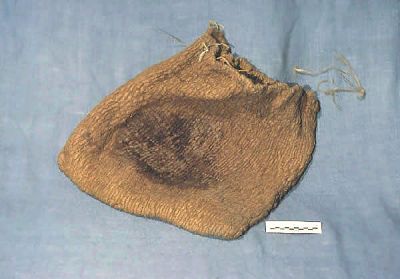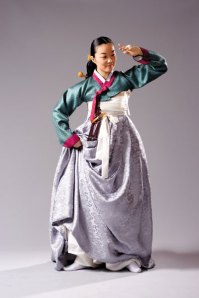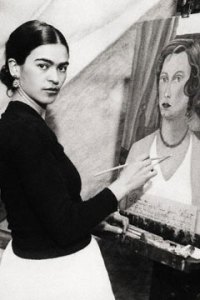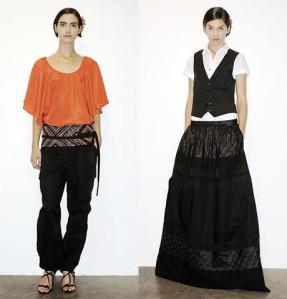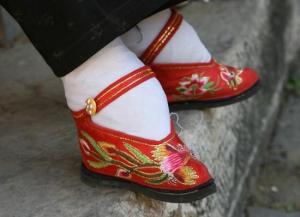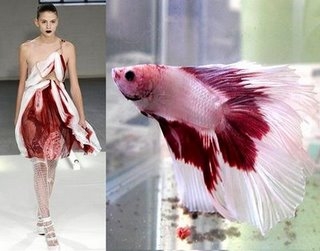1. TEDDY BOY

1. TEDDY BOY, Circa 1958 London-The “Teddy Boy” look developed in London in the 1950’s. The idea behind it was the creation of acceptability for youth to dress up in dapper ensembles for everyday style. The look was comprised of ; long jackets, high-waist trousers, and colorful socks.

1. "Teddy Boy" Look; Commes des Garcon, Winter 2009

1. "Teddy Boy" Look; Commes des Garcon, Winter 2009
3. ZOOT SUITS

2. ZOOT SUIT, Circa. 1943 Chicago-This oversized silhouette of a wide jacket and tapered baggy trousers first developed in the late 1930’s. They were typically worn my minorities (latinos, blacks, Italians, etc) and eventually came to symbolize rebellion to the white majority. The “Zoot Suit Riots” was an unfortunate event in 1940’s Los Angeles that solidified this stereotype.

2. "Zoot Suit" Look, Dior Homme, Fall 2008

2. "Zoot Suit" Look, Dior Homme, Fall 2008
3. BEATNIK

- 3. “Beatnik” Audrey Hepburn, “Funny Face” 1957-The Beatnik movement was another youth driven idea that supposedly represented the “beaten down” citizens of society. In the early 1950’s, “beatniks” wore all black, turtlenecks, berets, and dark glasses to differentiate themselves. Interestingly enough, the late YSL was said to have been a hugely influencial designer on Beatnik fashion with introduction of sleek menswear looks to women’s fashion.

3. "Beatnik" Look Armani, Fall 2008

3. "Beatnik" Look, Karoo Mark Eisen, Spring 2006
4. MODS

4. MODS, Mary Quant, Circa.1962-The “Mod” look of the 1960’s was characterized by short bobs, bold prints and the introduction of the mini dress. Designers such as Mary Quant and YSL were especially significant during this time as was infamous model Twiggy.

4. MODS, Twiggy, Circa.1963

4. "Mod" Look, Eley Kishimoto, Fall 2009
5. HIPPIES

5. Hippies, Circa.1962-The Hippy Movement was probably one of the most memorable youth sub-cultural influences of all time. Beginning in the early 1960’s, “hippies” can be seen as a later off-shoot of the “Beatnik” groups. The hippies liberal values that centered around physical/sexual freedom, drugs, and the overall embracing of peace. The attire worn by this group was a mix of denim bottoms, tunic tops, and sandals.

5. "Hippie" Look, Anna Sui, Fall 2008

5. "Hippie" Look, Anna Sui, Fall 2008
6. DISCO

6. Disco, Media Advertisement, Circa.1972-In the early to mi 1970’s, the Disco Movement began. This was a bit of a music revolution that spurned a corresponding fashion movement of flashy ornate clothing worn.

6. "Disco" Style, Jean Paul Gaultier, Spring 2008

6. "Disco" Look, Balmain, Spring 2009
7. PUNK

7. Punk, Sex Pistols, Circa.1977-Once again, the U.K. can be cited as being responsible for a youth underground ideal. In this case, the “Punk” movement, which began in the late 1970’s and went through the early 1980’s, was intended to challenge the mainstream music industry. The eccentric and grungy fashion of bands like The Ramones and the Sex Pistols began to spill into the mainstream.
.jpg)
7. "Punk" Style, Vivienne Westwood, Fall 2009
.jpg)
7. "Punk" Style, Vivienne Westwood, Fall 2009
8. HIP HOP

8. HIP HOP, Grandmaster Flash, Circa.1980-The hip hop culture began to develop in the late 1970's with innovative artists like Grandmaster Flash. Upon inception, the hip hop scene spurned a unique street style of jumpsuits, sneakers,casual separates, and elaborate jewelry.

8. "Hip Hop" Style, Louis Vuitton sneakers, 2009

8. "Hip Hop" Style, Dsquared, Summer 2009
9. BOHEMIAN

9. BOHEMIAN, French Actress-Thelma Todd, 1920-Many people tend to confuse the look resulting from the Bohemian Movement with the Hippie looks of the 1960's. In contrast, Bohemianism originated in France in the 1880's, it described as the practice of unconventional style by those with similar interests (i.e. music, literature, art, etc.)

9. "Bohemian" Style, Etro,Fall 2009

9. "Bohemian" Look, Etro, Fall 2009
10. DECONSTRUCTION

10. DECONSTRUCTION-Commes des Garcons for H&M, 2008- The idea of Deconstruction gained ground in the fashion scene of the 1990's. The look was often ragged, torn, raw designs that were anti-glamour. Design houses such as Commes des Garcon mastered this look and still keep it as a staple style in their annual collections.

10. "Deconstruction" Style, Commes des Garcons, Spring 2008

10. "Deconstruction" Style, Commes des Garcons, Fall 2008















